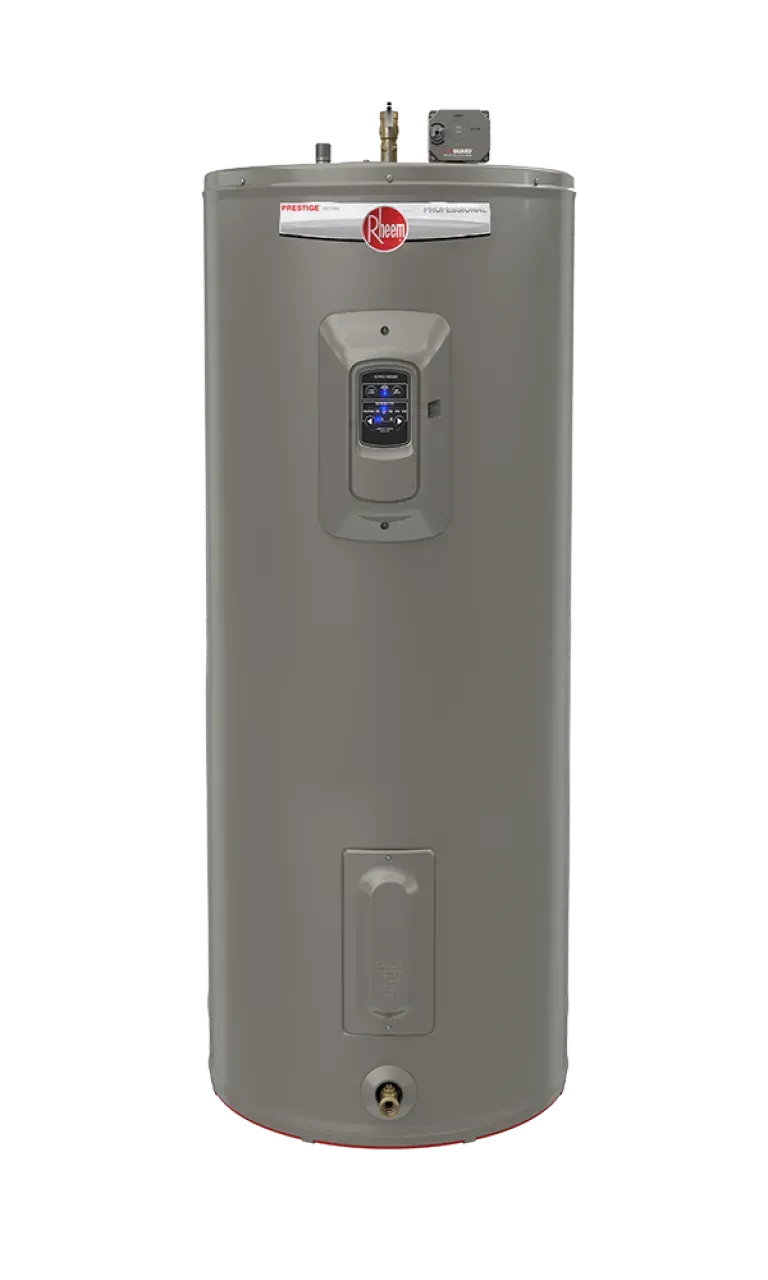How Often Do Water Heaters Need To Be Flushed?

After a long day, few things feel better than a hot shower. Hot water is a part of our daily routine, yet most homeowners rarely think about their water heater until something goes wrong. Unfortunately, neglecting this essential appliance can lead to expensive repairs or even early system failure.
Just like a car that needs regular oil changes, your water heater requires routine maintenance to perform efficiently. In this article, we’ll explain why flushing your water heater is crucial and how often you should do it to keep your system running smoothly. Contact Superior Plumbing today to learn more!
How Often Should I Flush My Water Heater?
To keep your water heater running efficiently and extend its lifespan, it’s generally recommended to flush the tank at least once a year. Over time, minerals, calcium, and sediment build up at the bottom of the tank — right where the heating element is located. As sediment builds up, it creates a barrier between the water and the heat source, forcing the system to work harder and use more energy.
On average, the process takes about one to two hours, depending on the size of your tank.
If you live in an area with hard water, consider flushing your water heater twice a year — once in the spring and again in the fall.
This helps to more effectively clear out minerals and sediment that accumulate over time, especially if your home has hard water. In addition to flushing, make sure to test your water heater’s pressure-relief valve at least once a year. This small step is critical for safety and helps ensure your system operates as it should.
What Happens If I Don’t Flush My Water Heater?
Neglecting to flush your water heater can lead to a number of serious issues over time. As sediment and mineral deposits from hard water build up at the bottom of the tank, they form a hard, crusty layer known as scale, which is similar to the white buildup you might see on your faucets or showerheads.
The longer this sediment sits, the more damage it can cause like:
- Reduced Efficiency: A layer of sediment acts as an insulator between the heating element and the water, making your system work harder and use more energy to deliver hot water.
- Corrosion: Accumulated minerals can accelerate rusting inside the tank, weakening its structure and shortening its lifespan.
- Blocked Pressure-Relief Valve: Scale buildup can obstruct this essential safety valve, increasing the risk of dangerous pressure buildup inside the tank.
- Leaks or Clogged Faucets: If the sediment becomes excessive, it can break loose and travel through your plumbing system, leading to clogs, reduced water pressure, or even leaks.
- System Failure: In extreme cases (typically after 2 to 5 years without maintenance) the buildup can lead to major system damage, including pipe bursts or complete tank failure.
Are There Signs That My Water Heater Needs to Be Flushed?
Your water heater often gives off warning signs before a major issue develops. Catching these early can help prevent bigger problems, extend the life of your system, and maintain the quality of your home’s hot water. Here are some common indicators that it’s time to flush your water heater — or call in a professional for maintenance:
White plastic particles in your water
This may indicate that the plastic dip tube inside the tank is deteriorating and breaking apart. Flushing the tank can help clear out the debris.
Rust-colored water or a leaking tank
This could be a sign that the sacrificial anode rod has worn out, leaving the tank vulnerable to corrosion. Rust-colored water may also come from corroded hot water pipes.
Brown- or green-tinted water
Discolored water can signal a buildup of sediment inside the tank or corrosion in your hot water plumbing system.
Water isn’t getting hot
If your water heater
isn't producing hot water, it may have a faulty heating element, a leak, or a buildup of sediment that’s affecting performance.
Sudden drop in hot water pressure
A decrease in pressure could be due to sediment blocking the pipes, a leak in the tank, or buildup clogging your faucet aerators.
Leaking pressure relief valve
This may indicate a faulty valve, the need for an expansion tank, or, in rare cases, high pressure in the city water supply. Contact your local water authority if you're unsure.
Do Tankless Water Heaters Need to Be Flushed Too?
Yes! Just like traditional tank-style models, tankless water heaters also need to be flushed regularly. Although tankless water heaters don’t store large volumes of water, sediment can still build up in the internal components, reducing efficiency and potentially damaging the system.
There are two types of water heaters: tank-style and tankless.
Tank-style heaters store and heat a set amount of water, while tankless systems heat water on demand. A well-maintained tank-style water heater typically lasts around 10 years, while tankless models can last up to 20 years or more. Both come in gas and electric models and require regular maintenance.
Flushing a tankless water heater is a bit more technical and often involves special hoses, a pump, and descaling solution. For this reason, many homeowners opt to have a professional handle the job.
Keep Your Water Heater Running Strong with Expert Help
Flushing your water heater isn’t just routine maintenance — it’s critical to the performance, efficiency, and longevity of your entire plumbing system. While many homeowners can tackle this task themselves, calling a licensed plumber ensures the job is done thoroughly and safely.
Contact Superior Plumbing today to schedule a water heater flush or inspection today and keep your hot water flowing without worry.
